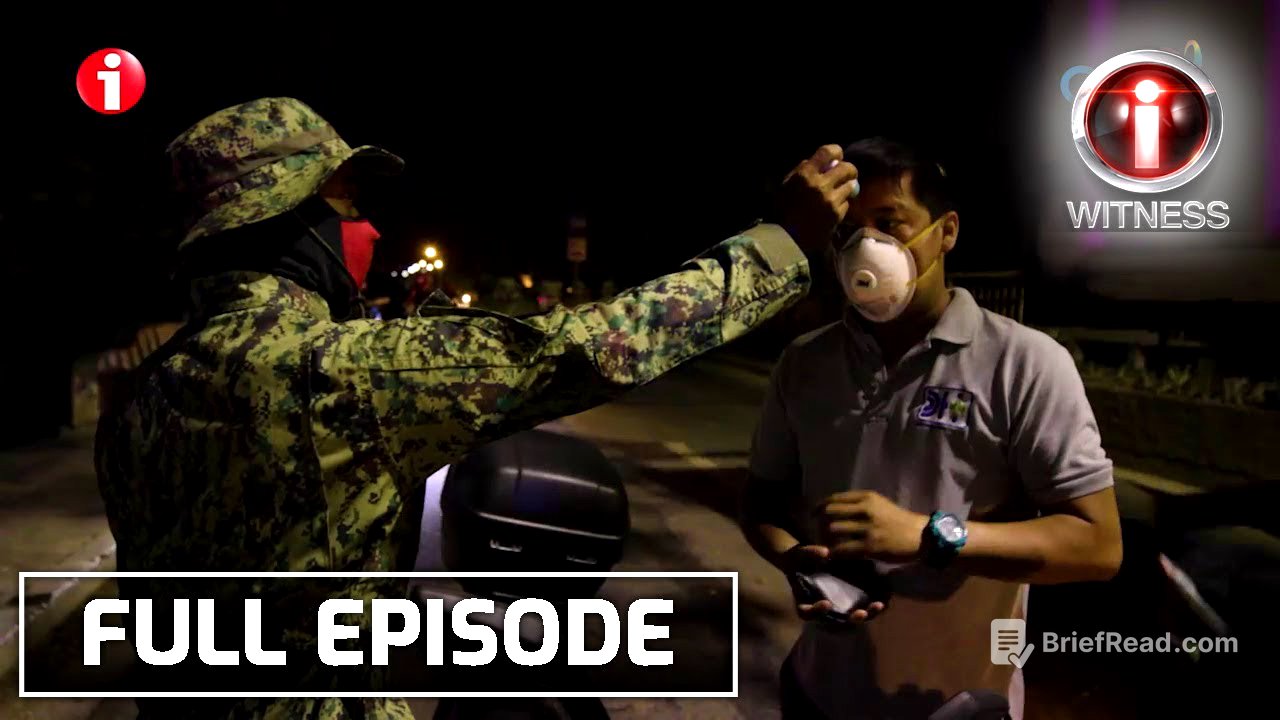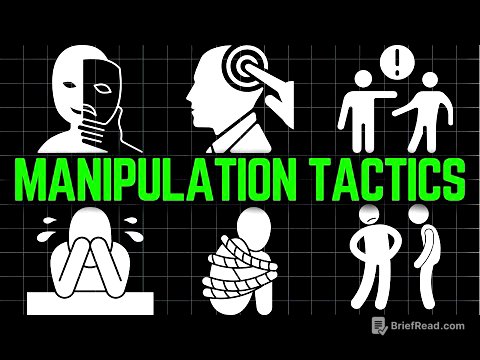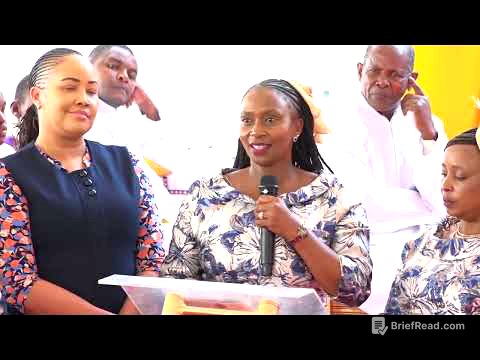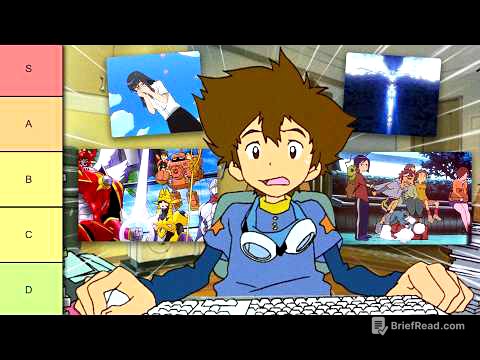TLDR;
This video discusses the initial response to the COVID-19 pandemic in Metro Manila, Philippines, in early 2020. It covers the declaration of a public health emergency, the implementation of lockdowns and community quarantines, and the challenges faced by residents and local governments. The video also touches on the importance of preventive measures, social distancing, and cooperation from the public to control the spread of the virus.
- Initial COVID-19 cases and government response in the Philippines.
- Implementation of lockdowns and community quarantines in Metro Manila.
- Challenges faced by residents, local governments, and medical workers.
- Importance of preventive measures, social distancing, and public cooperation.
Early COVID-19 Cases and WHO Declaration [0:04]
On December 31, 2019, the World Health Organization (WHO) reported a respiratory infection of unknown origin in China. By January 7, 2020, a novel coronavirus was identified. Cases of the virus, later named COVID-19, began appearing in Taiwan, Thailand, Japan, and South Korea. On January 30, the WHO declared a Public Health Emergency of International Concern. The Philippines confirmed its first case on February 2, involving a 38-year-old Chinese woman from Wuhan. On February 11, the WHO officially named the disease COVID-19.
Initial Preventive Measures and Code Red Alert [1:46]
The Department of Health (DOH) began implementing preventive measures to flatten the curve and prevent new cases. On March 7, local transmission of COVID-19 was confirmed. The COVID-19 alert system was raised to Code Red Sublevel 2, emphasizing the need to protect the public from the virus.
Metro Manila Lockdown [2:38]
Metro Manila, with a daytime population of 14.5 million, was placed under lockdown. Checkpoints were established along major expressways and boundaries to control movement. The lockdown, initially from March 15 to April 14, involved the suspension of classes and mass public transportation, including land, air, and sea travel to and from Metro Manila.
Experiences During the Lockdown [5:59]
Residents experienced panic buying, with items like noodles and alcohol quickly selling out. Checkpoints were set up at city boundaries, such as between Caloocan and San Jose Del Monte, Bulacan, to enforce quarantine measures. Temperature checks and travel document verification were implemented. Curfews were also put in place, with strict enforcement to limit movement.
Enhanced Community Quarantine (ECQ) [12:01]
The enhanced community quarantine (ECQ) was implemented, affecting approximately 57 million people. Stricter measures were deemed necessary to control the spread of the virus. Mass public transport remained suspended, and travel restrictions were enforced. Checkpoints at boundaries, such as in Valenzuela City, were used to inspect vehicles and verify travel documents.
Challenges and Preparations [15:16]
Public transportation was limited, causing difficulties for commuters. Some individuals prepared for the lockdown by stocking up on supplies and protective gear, including hazmat suits. Local government units (LGUs) focused on disinfecting public areas and providing washable masks to residents.
Medical Perspectives and Healthcare System [21:12]
Medical professionals emphasized the importance of quarantine and social distancing to prevent the spread of COVID-19, which is transmitted via droplets. Common symptoms included coughing, fever, and shortness of breath. The healthcare system faced challenges, and flattening the curve was crucial to prevent it from being overwhelmed. Vulnerable populations, such as those with pre-existing conditions like diabetes and hypertension, were at higher risk.
Community Cooperation and Ongoing Concerns [26:04]
Cooperation from the public was essential to control the pandemic. Concerns included asymptomatic carriers and the need for adequate hospital resources and protective equipment for medical workers. Social media was used to monitor the situation, but misinformation was also a challenge. The importance of social distancing and proper hygiene practices was reiterated.








![[Unity 2Q25] 10배냐 ,0.1배냐... AI에 달렸도다](https://wm-img.halpindev.com/p-briefread_c-10_b-10/urlb/aHR0cDovL2ltZy55b3V0dWJlLmNvbS92aS9VWW1oRXY1dXBjZy9ocWRlZmF1bHQuanBn.jpg)
